This article shows how I have made a mains filter that is extremely effective in reducing and in some cases eliminating completely EMC from the electricity supplying my shack.
I returned to amateur radio in March 2016 after a twenty year break. Installing a HyEndFed five-band antenna and connecting up to a Yaesu FT-101Z I was both surprised and dissapointed with high noise levels. I quickly learned I had a problem and the situation was certainly different than when I operated all those years ago. Apart from changing band conditions, both day of week and time of day were significant factors affecting my noise level.
Evenings and weekends were particularly bad as neighbours switched on their electronic devices. Noise on 40m was S7 at best but more than often than not S9. 80m and 160m were pretty much S9 all of the time. By far the best band was 20m at S5 and occasionally S3. I found myself operating mainly 20m, sometimes 40m when conditions were good. Christmas was a nightmare with S9+ most of the dark hours as the lights were installed and turned on.
In 2017 I purchased an Icom IC-7300. This is a fantastic radio and although its filtering makes it much easier to pull out signals from the noise, it is still difficult to work many stations.
GM3SEK
I started researching the Internet to find methods of reducing interference and it was here I found the website of Ian White, callsign GM3SEK. Besides other things, Ian’s website contains designs for ferrite RF chokes that suppress unwanted common mode currents at HF and also a “whole-shack mains filter”. Ian also did a “Clean up your shack” lecture at the 2015 RSGB convention, which is well worth watching as it contains lots of hints and tips for reducing EMC. Thanks Ian!
Details of Ian’s website and other links are at the bottom of this article.
ELECTRICAL SAFETY
The mains filter is simple to make and install but extreme care should be taken as it requires you to work with live mains supply. If you have any doubts at all about working with electrics then DON’T DO IT and instead consult an expert who can help you.
MY PARTS LIST
I’ve included example links of where you can buy these parts from but as this project only requires a small amount of cable, terminals and heat shrink tubing etc. it will likely be cheaper to source these from alternative suppliers.
- Fair-Rite type 31 ferrite core – Fair-Rite part number 0431177081. Click here to view the datasheet. Available from at RS Components here (part number 466-9164).
- IP55 polycarbonate enclosure -180 x 110 x 100mm. Available from Screwfix here.
- 2.5mm square 3-core cable – Approximately 2 meters. Available from Screwfix here.
- 30 Amp terminal strips – Two 3 x 2 terminal blocks. Available from Screwfix here.
- 300mm cable ties – 2 required. You can purchase these from Screwfix here.
- 10mm heat shrink tubing – Three 4cm lengths. Available from Maplin here.
- 3mm earth heat shrink tubing – Two 5mm lengths. Available from B&Q here.
- 20mm rubber grommets – Two of. Available from Screwfix here.
WIRING REQUIREMENTS
This filter requires all three wires; neutral, live and earth to be wound around the ferrite core. The 2.5mm square cable I purchased didn’t have an insulated earth wire so I used two neutral wires; one for neutral and the other for earth. I cut two 1 meter lengths and removed the outer insulation. I discarded both of the earth wires and one of the live wires, leaving me two 1 meter lengths of blue neutral wire and one 1 meter length of brown live wire.
FAIR-RITE TYPE 31 FERRITE CORE 0431177081
The really nice thing about this core is that it is a split core that snaps shut. Winding 2.5mm square cable is quite tricky because it’s not that easy to bend so this split ferrite makes it much easier.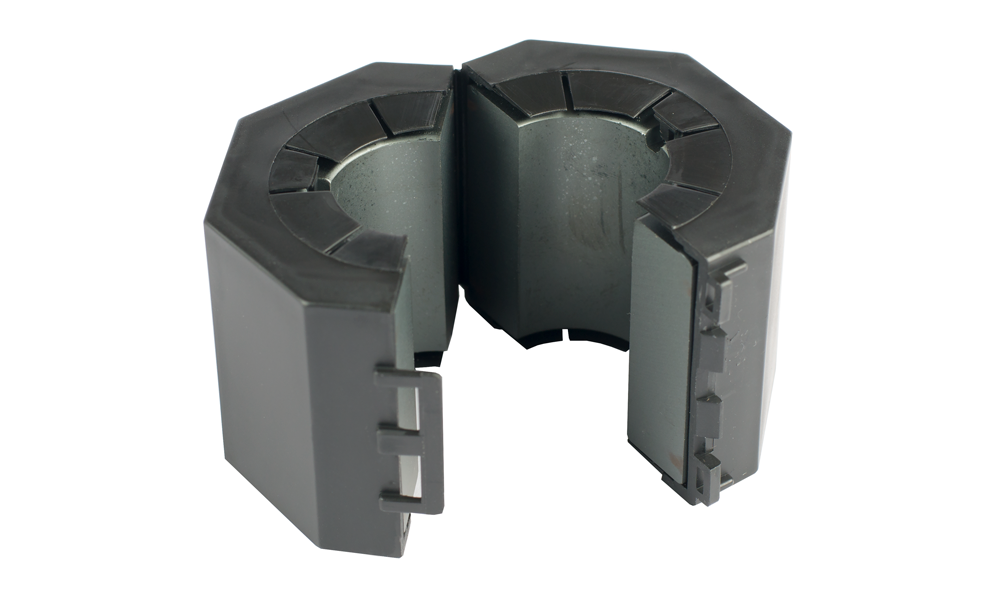
MAKING THE MAINS FILTER
To make it easier to keep the wires together for winding, I first laid them out flat with the brown live wire in the middle before putting a piece of heatshrink tubing at the centre and each end.
With the ferrite core open and starting from one end, I wound five complete turns of all three wires. It’s important the wires are as tight as possible with little space between the wire and the ferrite. Once finished I snapped the ferrite core shut. To keep it shut I fastened two tie wraps on the outside of the core.
Using wire cutters I cut of excess wire, leaving 35mm at both ends and removed 5mm of insulating from each of the wires. Because I used two blue neutral wires; one for neutral and the other for earth. I used a multimeter to double check the earth wire at one end corresponded to the earth at the other end. I then placed some earth heat shrink tubing on the earth wires at each end to make them easily identifiable. Finally I connected each ends of the wires to the terminal blocks.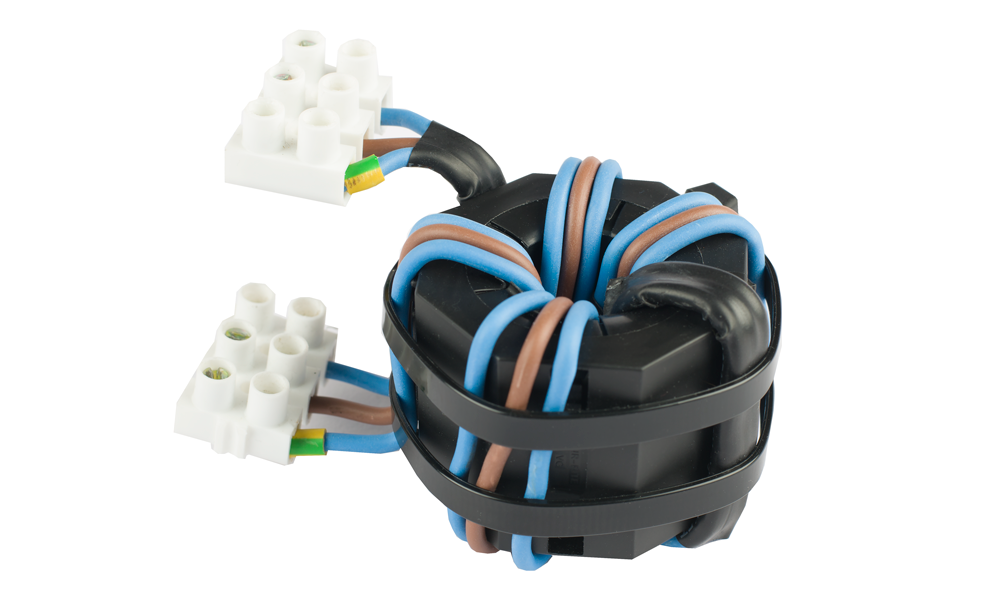
CONNECTING UP THE MAINS FILTER
For safety, the mains electricity supply to my shack enters via a 40 Amp isolating switch. One turn of this and everything is turned off.
Before fastening the enclosure to the wall I removed the top two 20mm cut-outs and inserted a rubber grommet in each to protect the cable. With the house mains switched off at the distribution board, I connected a length of cable to the isolating switch and inserted the other end in the enclosure. I then took another length of cable and connected it to my sockets and inserted the other end in the enclosure.
The reason I purchased a 180 x 110 x 100mm enclosure is because Ian White, GM3SEK, says a conventional two wire mains filter can be fitted after the filter. The additional space in the enclosure will allow me to fit this later.
Finally I connected up the ferrite core. Ensuring all of the connections were good I fastened the lid of the enclosure and turned the house mains back on at the distribution board.
HOW DOES THE FAIR-RITE TYPE 31 FERRITE MAINS FILTER PERFORM?
To test how the filter performs I used my Icom IC-7300 and HyEndFed 5 band antenna, which is horizontal approximately 45 feet above the ground.
I set a benchmark by powering up the transceiver on a car battery before powering it on mains with no filter and finally powering it with the mains filter in line. Below are the results.
BATTERY POWER
160m
80m
40m
MAINS POWER WITH NO FILTER
160m
80m
40m
MAINS POWER WITH FAIR-RITE TYPE 31 MAINS FILTER
160m
80m
40m
WATCH THE TRANSITION
The video below shows the transition of the screenshots above making it easier to compare interferences when running on battery power and mains with and without the filter.
CONCLUSION
Tests were done with some, but not all of my other chokes in place. I also made no attempts to turn off any known offending devices i.e. broadband router, TV, CCTV etc. As you can see from the screenshots and video there a significant reduction in S-meter points on 160m and 80m with a very slight improvement on 40m.
Comparing screenshots from when the transceiver is running on battery power and mains with the filter in line, there is little difference between them. This suggests to me that the filter is extremely effective at removing interference from the mains supply. So much so that it is comparative to running it on battery power.
If you source the parts required from individual suppliers you can make this extremely effective filter for £30 or less.
It would be really interesting to hear from you if you build this filter and the results you see in your shack so please get in touch using the contact form or by leaving comments on the article below.
NEXT STEPS
Having analysed the results of this filter, I now intend on installing a conventional two-wire mains filter after the ferrite filter as suggested by Ian White, GM3SEK and reporting back what additional benefits, if any, it delivers across the bands.
INFORMATION AND LINKS
Ian White, callsign GM3SEK website – click here
RSGB Convention lecture 2015 – “Clean up your shack” YouTube video – click here
Why not take a look at my YouTube channel here or Twitter posts here.
You can also register for my website here.
Thanks
73 de M0NWK

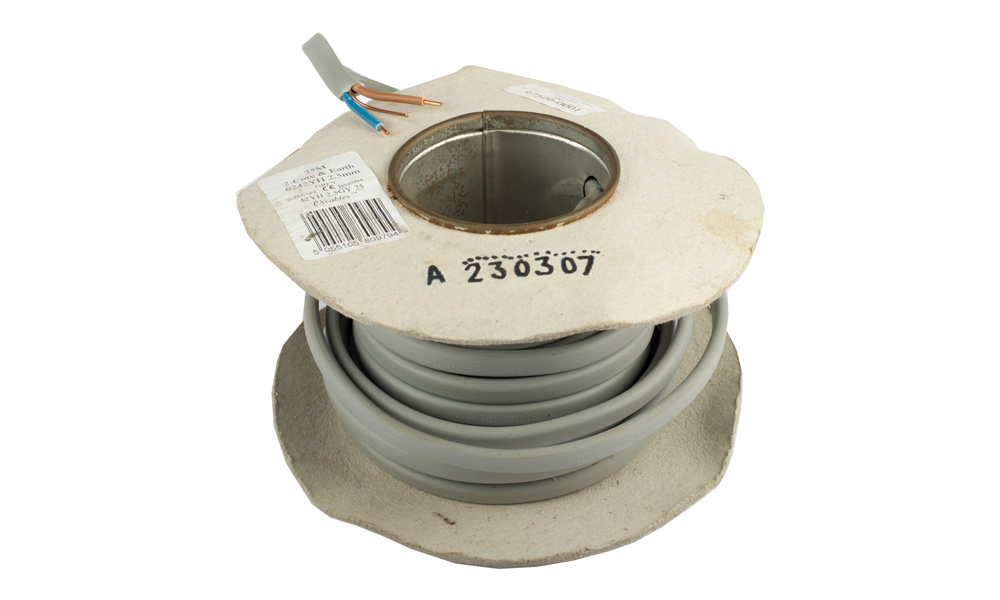
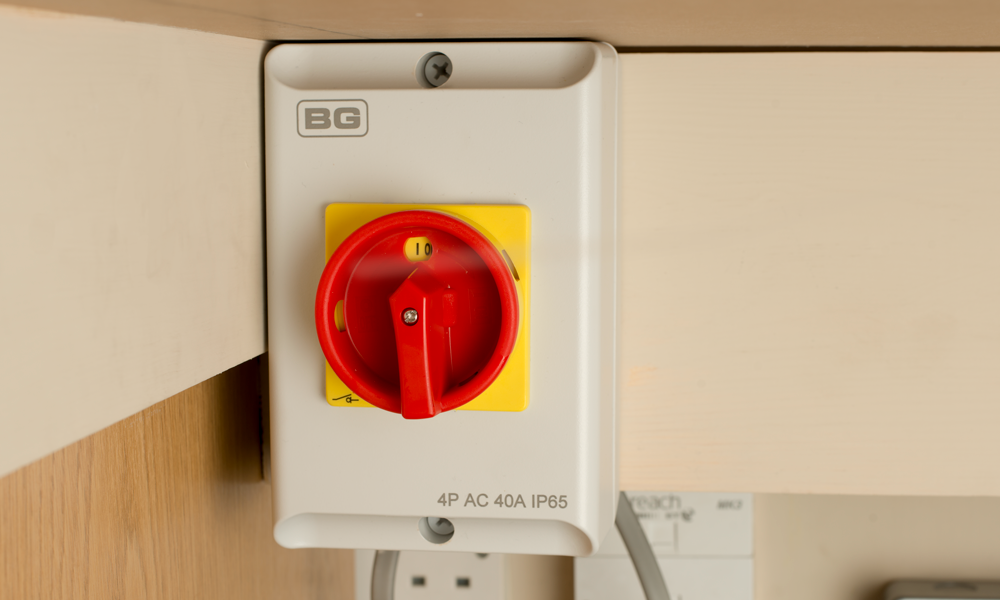
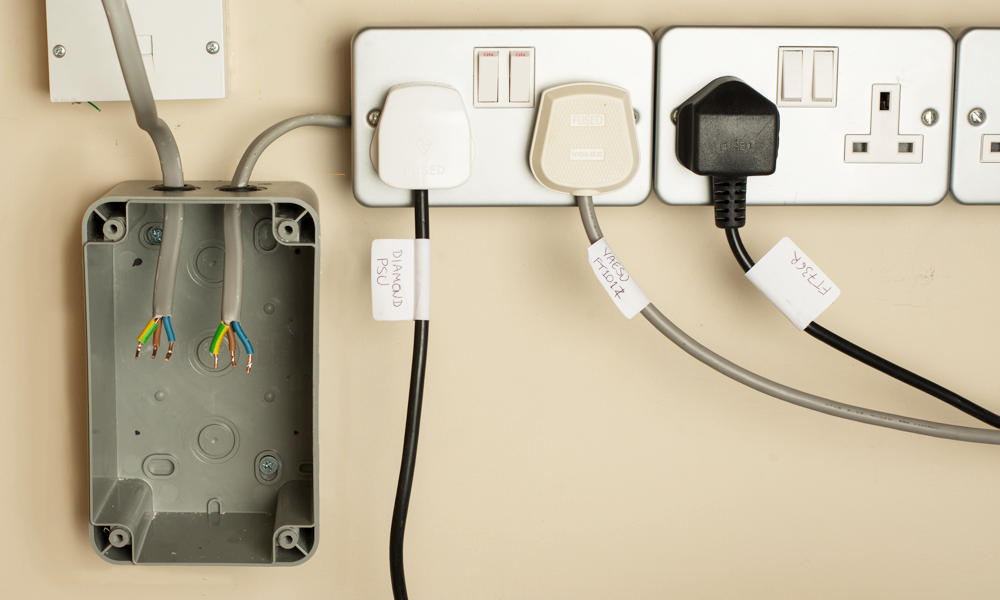
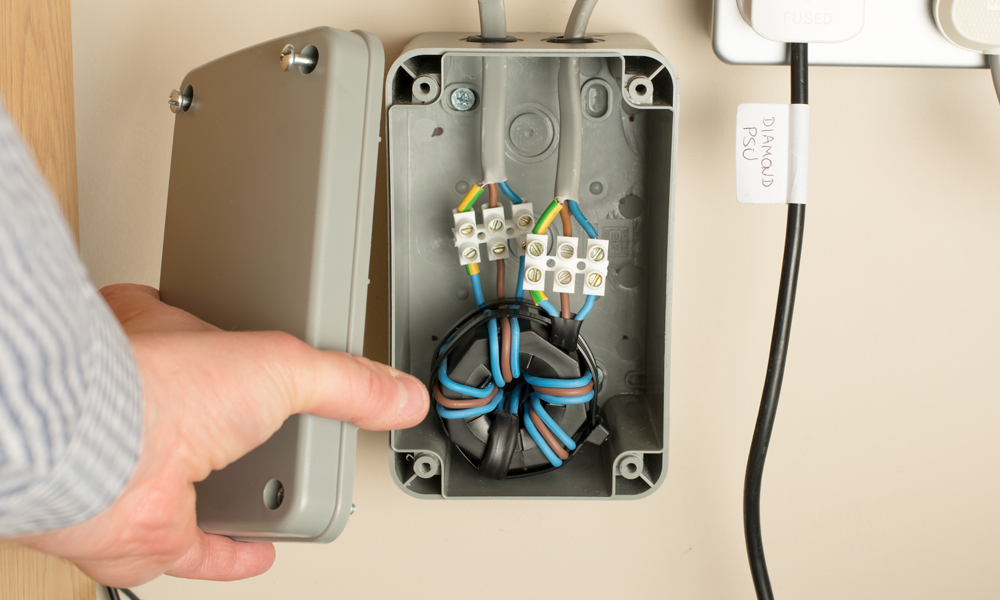
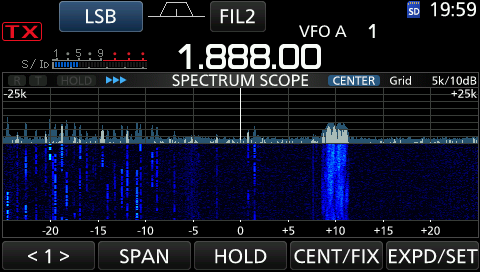
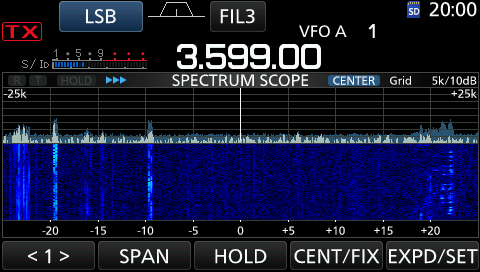
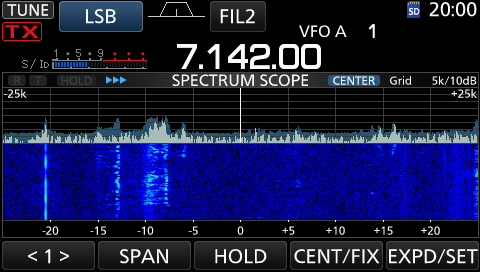
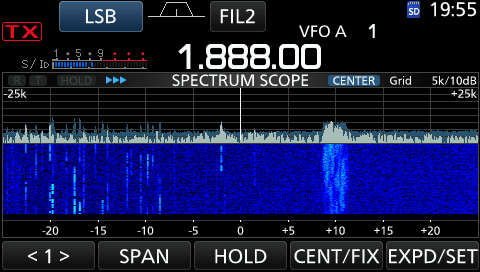
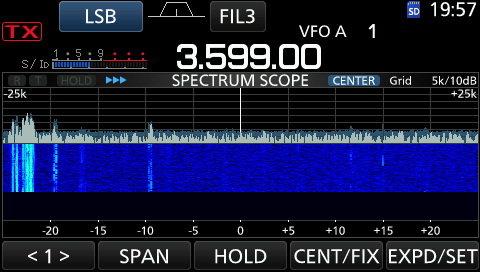
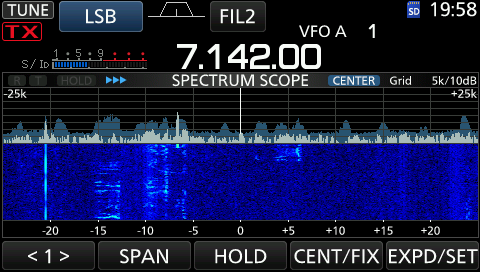
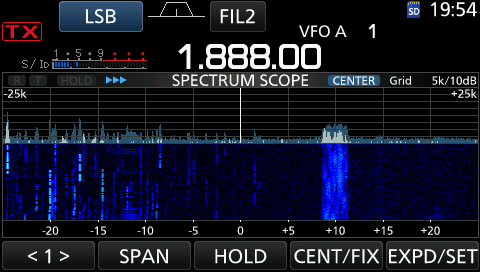
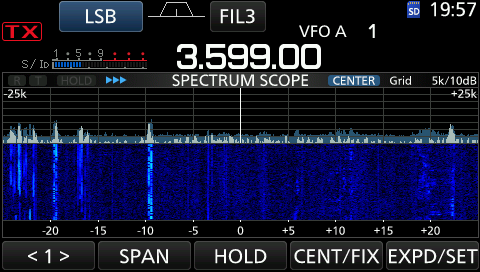
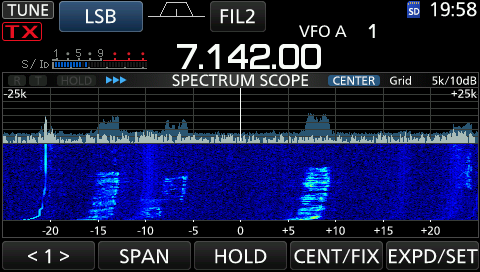
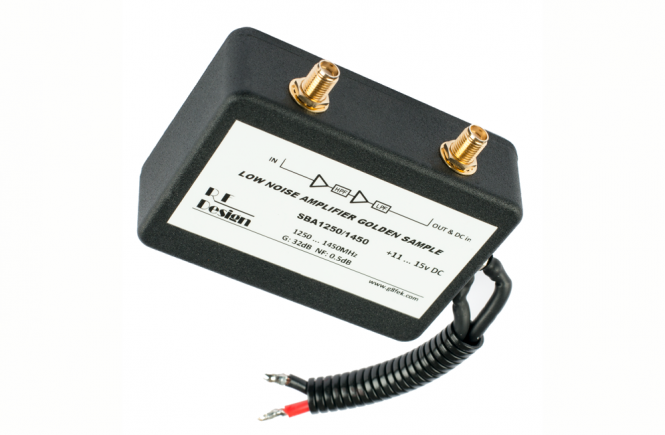


32 comments
“…Having analysed the results of this filter, I now intend on installing a conventional two-wire mains filter after the ferrite filter as suggested by Ian White, GM3SEK and reporting back what additional benefits, if any, it delivers across the bands…”
Any better results?
Hi Antonio, I haven’t finished fitting the two wire mains filter in yet so will update my blog when I do and show results from this. Thanks
Hi I have only one double socket in my shack. I only have one radio and power supply. In theory could I use this as an extension adapter? I mean put a plug on one end and an a single extension plug on the other and plug into my shack socket and use it that way?
Hi John, I believe this will be perfectly fine. As long as it is in series and all three wires are connected up it will work the same. I will be interested to hear how you get on, how it performs and possibly a photo of your final setup. Thanks for your comment & 73 Adrian
Hi Adrian,
Really interesting info. Will try build one. Seems getting qrm from street lights…it tha’t would help?
Kes-m0pkz
Hi Kes, I’m not sure about street light interference. If your planning on building one it would be really interesting hearing back from you to see how you get on. In my shack this resolves issues with my broadband router, CCTV and some other devices as well other mains borne interference not generated by my house. This complemented by other filters can help significantly. Thanks for your comments and hope to hear back from you. 73’s – Adrian
Would you consider making one of these to sell on. I don’t trust myself to make this, but would willing pay for one you have made?
Hi Derek, the article shows how I have made my filter but unfortunately I am not able to make these for others. If you have a local amateur radio club you could try contacting them to see if they can help. Thank you & 73 Ade
My shack also houses 2 PCs, I’m going to make one of these, but wondered if I should have it on the mains feed into the shack (after the mster switch) or make one as part of a power strip that feeds just my rig etc. Any suggestions please? 73, Mark
Hi Mark, mine sits after the mains switch in the shack and supplies a series of plug sockets. I do have a separate bank of sockets that supply PC etc. Personally I would have it supplying the rig. Cheers & 73 Ade
Great work! Next project sorted, cheers.
I have a couple of questions to ask, if you could please help?
1) Does the filter get hot?
2) Would more winds and/or additional ferrite provide greater filtering for 40m up?
Thanks, I think this may get rid of the locomotive that drowns out the sound of the crickets.
Hi Pete, thanks for your message. The filter supplies quite a few plug sockets but I typically run a single rig, computer and another radio in receive so not too much load. It doesn’t get hot. I have added a second ferrite core in series and it makes no difference at all. What I haven’t done it add a conventional mains filter in series to see if this makes a difference. I will be interested in hearing how you get on and results you see. I’ve had some messages from others saying they have seen the same and better results than those I have documented. Good luck and keep in touch. 73 Ade
Hi Adrian
I built this last week and am bowled over by the results.
I bought 2 x 31 fer-rite clamps and used one for the box and used the other for 3 of the coaxial cables to run through out the back of the rig.
The interference levels have dropped by 75 to 80 percent.
One question; what type of 2 wire filter would you suggest to use inline with this?
Kind regards
Marcus
Hi Adrian,
Not sure if you’ve added the 2 wire conventional filter yet, but – if you did, do you have an idea of which one it would be?
Thanks and 73, Jim
I found that most of the noise was present on the mains earth due to how conventional switch mode power-supplies use capacitors from the live and neutral to earth. The biggest factor for me was filtering the earth! https://www.youtube.com/watch?v=y429O6eVcHY
Hi Adrian, my call is G3 yia, been inactive for approx 25 years, only ever worked cw but was very active. My other hobby of model engineering which I’m still involved in took over. 75 now and retired from electronics, still got my ten tec argosy rig so decided to get back on. Hells teeth the hf band noise floor is horrendous, put up temp end fed antenna, unfortunately I have a bt copper wire broadband distribution runningto my and past my house so suspect the majoritory of noise is vdsl. I can’t really complain as I use high speed broadband myself. But 80 and 40 meters are unusable. Shame really,,interesting article by the way
Hi Mike, thank you for commenting. It can be really challenging and frustrating at times because of issues like this. I sometimes feel I’ve cracked it only to find another issue crops up. Just got to make the best of it. Good luck with your other hobbies. 73 Adrian
Hello Adrian.
Greetings from Spain.
My name is Jorge. I am SWL.
I live in a apartment and I have a lot of noise.
I have filtered my antenna with FT-240-31 Toroids.
I ask if instead of a big ferrite core this could work by making the filter with an Amidon FT-240-31 toroide to put it as an extension cord in my radio room, I only have two receivers and a power supply.
Thanks for your reply.
73 George
Hi Adrian,
My ‘shack’ is a ‘granny house’ on my property, It is fed with a 10mm2 cable from the main house into a distribution panel. The RF interference I’m experiencing only vanishes if I turn the entire board off – turning all the circuit breakers ooff has no effect as they are only on the live wires (not neutral or earth). So my question is, could I use 10mm2 wire on the same core? In other words, how much current can the core handle do you think?
At present I can only use my rig on battery with the all the mains power switched off as the interference is so large.
many thanks
Steve
M7BFV
Just made my dad one of these for Xmas, Thanks for the info Hopefully he can get on 80m once he tries it!
Hi Ben, that’s great. Hope he enjoys his present and it works for him. Will be interested in hearing how your Dad gets on with it. Keep in touch. Thanks & 73 Ade
I presume you have 220-240V mains in UK.
How about 110-120V 60hz power in the US?
Would you modify the filter for US hams?
Hi Adrian. I just came across this page, very interesting. I noticed that on Ian’s page he says”twist the three wires together and then wind as many turns as you can onto the core” but yours aren’t twisted. Does in make much difference do you think? Very best regards, John.
Hi John, thanks for your kind comments. I tried both twisting and the way I showed in the post. In my case I could see no difference when switching between the two. Thanks & 73 Ade
I built a mains filter to your design to work with my FT-991A. On 80m it’s very effective, reducing noise by 3 S-points. On 40m it takes away about 1 or possibly 2 S-points and it has a slight but noticeable effect on 30m. On 160m (which I don’t normally use) it actually increases the noise by 2 S-points and it also completely wipes out Radio Caroline on 648kHz!
This filter, along with another ferrite of the same type with 9 turns of co-ax at the antenna has made every HF band much more usable for me with the exception of 20m where I still have S7 of what I assume is VDSL noise.
Hey Adrian.
This looks very interesting.
i have 2 PSUs that power my home CCTV. These give me horrible noise across most of the HF spectrum. I’m going to have a go at building your filter, but also hoping that the interference isn’t airborne as the CCTV unit is within metres of the shack and feeds.
Hi Richie, thanks for your comments. Good luck with your build. It will be interesting to hear how you get on. Thanks & 73 Ade
All very informative, Adrian. Thankyou. Here, my issue is 20kHz EMC arriving common-mode (earth included) via the mains from my 3 kW solar panel inverter, plus 19 kHz from the neighbour’s. The twin peaks get into audio circuits – my work is voice recording.
Most of the filters and cores I have seen so far are focused on about 1.6 meg upwards, to encompass the ham bands. Looks like I need to buy a three inch ferrite ring to hand wind for the greater inductance needed. Possibly also add capacitors to the output to bypass what’s left to a ground spike (suitably insulated for safety!).
Hi Howard, thanks for your comments. It will be interesting to hear how you get on. Thanks 73 Ade
Hi Adrian arrived here from a OM ITa tat link your site, hi!
Have read all informations and i will try this for me.
All my shack (everything included as radio, router lights, PSU , PC and others equipments, are placed after a UPS RIELLO SEP1500, configured in Smart mode (it means that inverter works immediatly after a power failure) It can be also set in ONLINE working but i choose SMART because ONLINE the FAn is always ON.
This to ask in your opinion if this Filter should de placed Before or after the UPS. Probably doesn’t matter.
Thanks for reply , have my best ’73, Ciao Maurizio
https://www.qrz.com/db/ik1naf